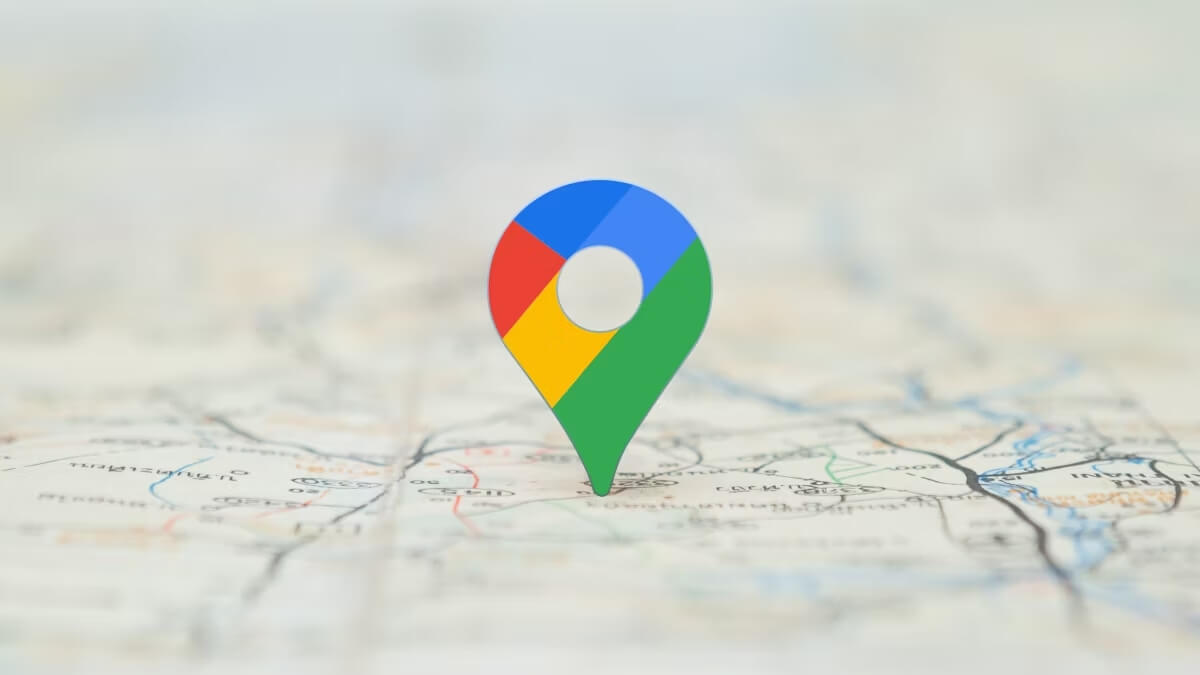
An update to my SEO browser extension got released this week. Over the last year, the Sprout SEO 🌱 has gotten bigger and better almost every month, and it’s time to release another game changing feature, allowing you to change your location in Google Search.
Why you’d want to change your location in Google Search?
This new feature is designed to let you adjust your search location on Google with pinpoint accuracy. Since 2017, Google’s removed the option to switch search countries simply by changing the top-level domain (like .de for Germany or .es for Spain), making it trickier to view localized search results. On top of that, even if you could change your country like this, you still couldn’t change your exact location, because Google tailors search results for each individual, often displaying entirely different outcomes depending on the user’s query and location.
With this new update, you can emulate a specific location, so you can see Google’s local search results as if you’re searching from any city, neighborhood, or even block straight from the SERP (search engine result pages).
This feature is especially useful for searches where results vary significantly by location. For instance, if you’re in San Francisco and search for “pizza near me,” you’d expect Google to show pizzerias nearby, potentially altering the results based on whether you’re in Golden Gate Park or Fisherman’s Wharf. With this latest update, you can adjust your Google location to see precisely what people in those specific areas see, allowing for more accurate insights without physically being there.
Especially helpful if you’re doing SEO research for your business or your customers, where these local queries are much needed.
So if you’re looking to view Google’s local search results for specific areas without actually traveling there, you’ll need a method to simulate your location—and that’s where the GS location changer comes in handy.
How Google knows where you are to pinpoint your location
There are two basic ways Google can easily detect your current location:
Method 1: IP Address Geolocation
Your Internet Protocol (IP) address acts as a digital fingerprint, assigned by your Internet Service Provider (ISP). Each geographic region typically has designated IP ranges, enabling Google to pinpoint your location to a specific city. While not precise, this method provides a reliable starting point for location-based services.
Method 2: Browser’s Geolocation API
For more accurate tracking, Google leverages your web browser’s Geolocation API. This powerful tool:
- Requests explicit user permission
- Communicates with your device’s operating system
- Utilizes available hardware capabilities
- Can achieve remarkable accuracy in ideal conditions:
With GPS-enabled devices it can deliver up to 3-meter precision with satellite connectivity, and with non-GPS devices it gets an approximate location through WiFi network triangulation.
After Google figures out your location, it stores this information in a UULE cookie stored locally on your device and in server-side databases for long-term data retention.
While you can technically clear this data, most people don’t take action due to the lack of awareness about location tracking, the perceived benefits of personalized services or the convenience of location-based features.
Of course, this also raises some privacy questions about data usage and privacy. I mean, while search result personalization is a confirmed application, the full scope of location data utilization remains partially undefined.
So, how can we use this information to change your location in Google search?
How the Sprout SEO 🌱 location changer works
Via the panel on the right in the SERP, you can customize both the language settings (host language) and the geographic location (geolocation) Google uses when returning search results. You can specify these settings with a few quick inputs:
At a basic level, you can set your location for another country using the Location dropdown, set a specific Google Domain and language. It then sets this information in the “Accept-Language” HTTP header. This lets Google know which language and location you want it to prioritize, even if your operating system supports multiple languages.
If you want to have even more control, click on the advanced settings and here you can either set an exact location with Latitude and Longitude GPS coordinates, or you search for an address to have the extension autofill your latitude and longitude. It uses Google Maps’ Geocoder API to help ensure accuracy, converting the chosen coordinates to Google’s UULE (Universal URL Encoded Location) format and then setting the “X-Geo” header for precise location-based searches.
Simple click the “Enable Search Override” button after to activate your location settings, and click on the reset link in the box when you’re ready to return to default settings. The extension will also clear the UULE cookie, preventing the location data from lingering in future searches.
Download and start using the Sprout SEO 🌱 Extension
To get started, download the extension from the official stores:
Try it out and see how changing your Google search location can help you access the most relevant local results, wherever you need them.